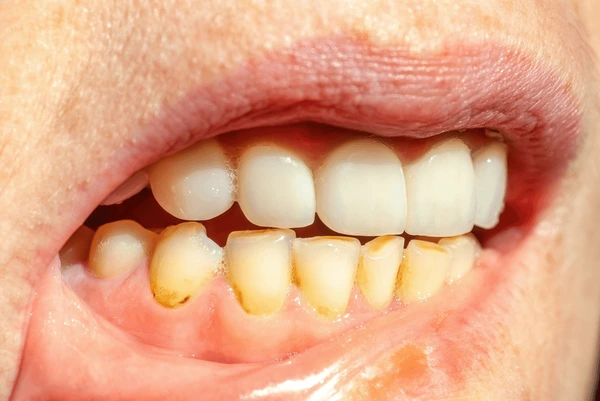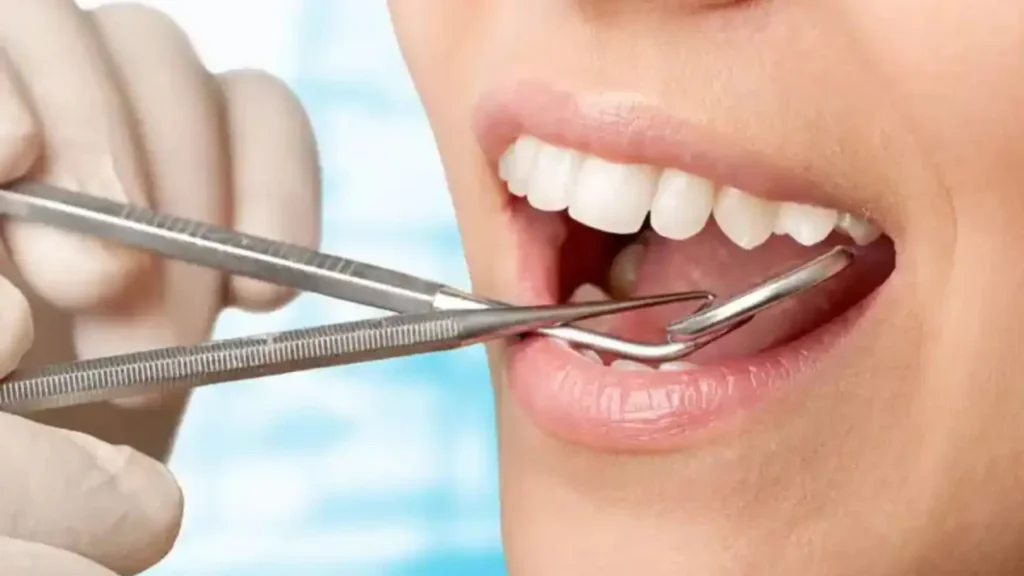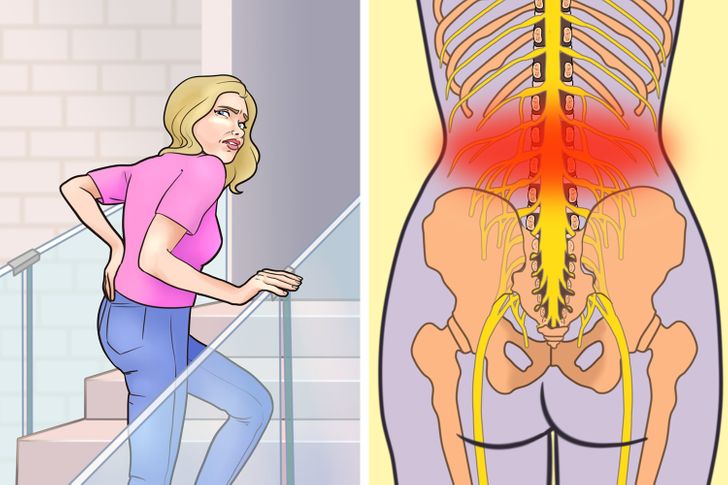We’ve all heard the phrase “a bridge too far,” but what if I told you there’s another kind of bridge you should be worrying about—one that forms in your mouth? No, I’m not talking about dental bridges that fill gaps left by missing teeth. I’m talking about something called a calculus bridge. It’s not as glamorous as the Golden Gate, but it’s a bridge you definitely don’t want to cross. This article dives deep into what exactly a calculus bridge is, why it forms, how it affects your dental health, and—most importantly—how to prevent and treat it. Let’s get started!
What Is a Calculus Bridge?
A calculus bridge forms when plaque—a sticky film of bacteria—hardens into a substance called calculus or tartar. When enough of it builds up between the teeth and along the gumline, it can resemble a literal “bridge” of hardened deposits. Unfortunately, this bridge doesn’t lead to anywhere good. Left unchecked, it can cause gum disease, bad breath, and even tooth loss.
What Causes a Calculus Bridge?
So, what causes a calculus bridge in the first place? The answer boils down to hygiene—or rather, a lack of it.
- Inadequate brushing and flossing: When you don’t clean your teeth thoroughly, plaque accumulates. Over time, this soft plaque hardens into calculus, forming a calculus bridge.
- Dietary choices: Foods high in sugar and carbohydrates feed bacteria in your mouth, accelerating the production of plaque and calculus.
- Saliva composition: Some people naturally have more calcium in their saliva, which makes them more prone to developing calculus.
- Smoking: Smoking not only stains your teeth but also encourages the build-up of tartar, contributing to calculus bridge formation.
Why Should You Care?
You might be wondering, “Isn’t tartar just an aesthetic issue?” Nope. Calculus bridges can cause some serious dental problems if left untreated.
- Gum disease: The rough surface of tartar irritates your gums, leading to inflammation and gum disease, also known as gingivitis. If gingivitis progresses, it can lead to periodontitis—a more severe form of gum disease that can damage the bone supporting your teeth.
- Bad breath: Bacteria trapped in tartar produce foul-smelling substances, leading to chronic bad breath.
- Tooth decay: Tartar build-up makes it difficult to clean between your teeth, which increases the risk of cavities.
- Tooth loss: In extreme cases, if a calculus bridge leads to advanced periodontal disease, you may lose teeth.
The Stages of a Calculus Bridge

Like most dental issues, a calculus bridge doesn’t form overnight. Understanding the stages of its development can help you prevent it from becoming a larger problem.
Stage 1: Plaque Accumulation
Plaque is the root of the problem. It starts to form within minutes after eating, and if it’s not removed through brushing and flossing, it begins to harden into tartar. This first stage is completely reversible, but only if you maintain good oral hygiene habits.
Stage 2: Early Tartar Formation
Once plaque calcifies into tartar, it becomes a problem that your toothbrush can’t fix. At this stage, only a dentist or dental hygienist can remove it. If left unattended, the tartar will continue to accumulate, and the calculus bridge will begin to take shape.
Stage 3: Full Calculus Bridge Formation
When tartar has accumulated between several teeth, it can form a continuous, solid mass that spans multiple teeth, creating a bridge-like structure. This is when it becomes visually noticeable and can lead to more serious dental complications like gum disease and tooth loss.
How to Prevent and Treat a Calculus Bridge
The good news? Calculus bridges are completely preventable and treatable! Let’s talk about how to keep your mouth tartar-free.
Prevention Tips
- Brush twice a day: Make sure you’re brushing your teeth for at least two minutes, focusing on all surfaces of your teeth.
- Floss daily: Regular flossing is essential to prevent plaque from hardening between your teeth.
- Use mouthwash: Antimicrobial mouthwashes can help kill bacteria and reduce plaque build-up.
- Visit your dentist regularly: Professional cleanings are the only way to remove tartar once it’s formed. Seeing your dentist every six months is a must if you want to avoid calculus bridges.
- Watch your diet: Limiting sugary foods and drinks can reduce the amount of plaque that forms in your mouth.
Treatment Options
Once a calculus bridge has formed, you can’t get rid of it on your own. Here’s what your dentist can do to help:
- Scaling and root planing: This is a deep cleaning procedure where a dental professional uses special tools to remove tartar from above and below the gumline. It’s a non-surgical procedure but may require local anesthesia if the tartar has built up significantly.
- Ultrasonic cleaning: Some dentists use ultrasonic scalers, which use vibrations to break up and remove calculus. This is an effective method for treating larger calculus bridges.
- Surgical treatment: In advanced cases where gum disease has already set in, your dentist may recommend surgical procedures like flap surgery to clean the roots of your teeth and reduce periodontal pockets.
Calculus Bridge vs. Regular Plaque

A common question is, “What’s the difference between plaque and a calculus bridge?” While they’re related, they are not the same.
- Plaque: Soft, sticky, and colorless, plaque forms after you eat and drink. It’s easy to remove with regular brushing and flossing.
- Calculus Bridge: Hardened plaque that has built up over time. Once it calcifies into tartar and forms a bridge-like structure, it’s impossible to remove with home care alone.
Frequently Asked Questions (FAQs)
1. How quickly can a calculus bridge form?
It can take just a few days for plaque to harden into tartar. However, it typically takes weeks or months of neglected oral hygiene for a full calculus bridge to form.
2. Can I remove a calculus bridge at home?
No, once tartar has formed, it can only be removed by a dental professional. Home remedies like oil pulling or baking soda are not effective against calculus.
3. How painful is the removal process?
The removal process can be slightly uncomfortable but is generally not painful. Your dentist may use local anesthesia if you have a large calculus bridge or if your gums are sensitive.
4. Are there any long-term effects of having a calculus bridge?
Yes, if left untreated, a calculus bridge can lead to gum disease, tooth decay, and even tooth loss. That’s why it’s crucial to address it as soon as possible.
5. Can I prevent calculus bridges with an electric toothbrush?
Yes, using an electric toothbrush can be more effective at removing plaque than manual brushing, reducing the likelihood of calculus build-up.
Conclusion
In conclusion, a calculus bridge might sound like something you’d encounter in a math class, but in reality, it’s a serious dental issue that requires attention. It forms when plaque hardens into tartar and accumulates between your teeth, creating a bridge-like structure that can lead to gum disease, bad breath, and even tooth loss if left untreated.
The key to preventing calculus bridges lies in good oral hygiene—brushing twice a day, flossing regularly, and visiting your dentist for professional cleanings. If you’ve already developed a calculus bridge, don’t fret. Your dentist has the tools and expertise to remove it safely and effectively.
Key Takeaway
Don’t let a calculus bridge be the one bridge you never cross. Good oral hygiene and regular dental visits are your best defenses against this sneaky and harmful dental problem. Keep your smile healthy, and you’ll never have to worry about the calculus bridge disrupting your oral health.
Discover more trends:
- Healthy Breakfast Ideas: The 12 Best Foods to Eat in the Morning
- Ovaltine Healthy? Benefits, Ingredients, and Nutritional Value Explained
- 10 Best Foods to Eat If You Have Arthritis
- Watch Out For The Early Signs Of Rheumatoid Arthritis
- Follow us on Facebook
- Follow us on Pinterest





